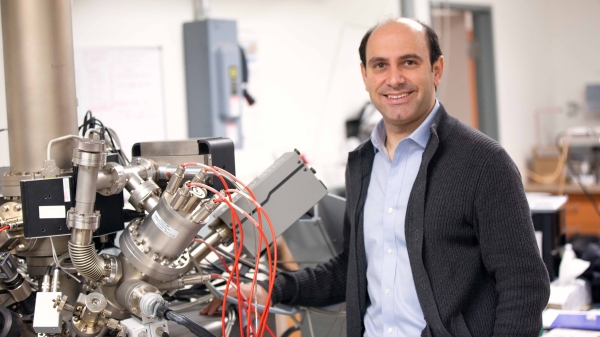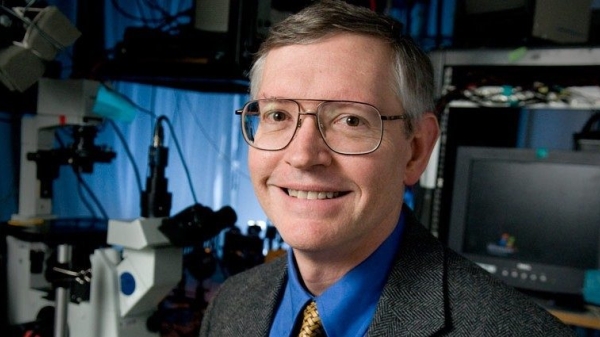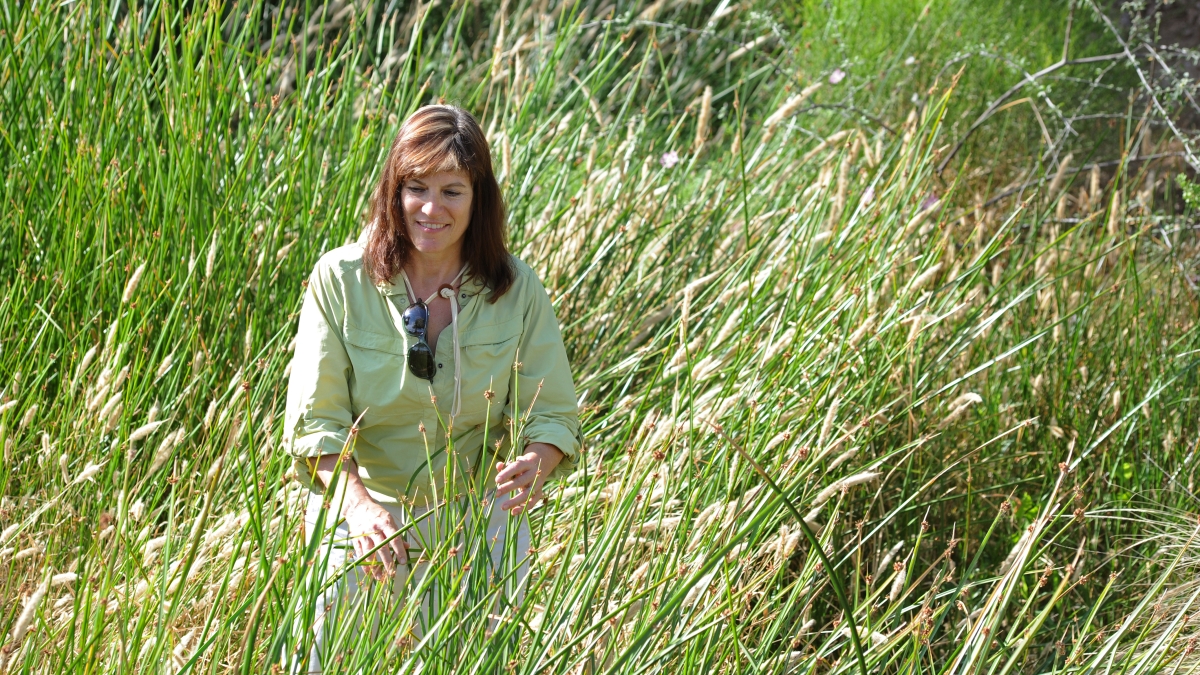More than half of the world’s population lives in cities, according to the United Nations. That’s just shy of 4 billion people. By 2045, that’s projected to top 6 billion people. In the United States alone, 90 million additional people will live in urban areas by 2050.
That’s going to require new infrastructure and planning and will be, of course, an immense strain on natural resources. How’s it all going to work?
Urban ecology will help answer that. A relatively new field that took off in the 1970s, urban ecology looks at the relation of living organisms with each other and their surroundings in the context of an urban environment.
However, as a science, practice has been all over the place: multiple disciplines and practical applications, multiple theoretical and conceptual frameworks, variable research approaches and a lack of coordination among multiple schools of thought and research methods.
But now, an Arizona State University professor won an award for being part of a team that created an international consensus on how to approach urban ecology.
Nancy Grimm, a professor in the the School of Life Sciences and a senior sustainability scientist, and nine co-authors last week won the 2019 Sustainability Science Award from the Ecological Society of America.
Grimm and her colleagues provided “an international perspective on how ecological research focused on urban areas can improve sustainability,” according to the society’s citation. “Urban areas are expected to be highly at risk from global environmental changes and this article highlights the need for a conceptual synthesis that allows urban residents to make better decisions concerning their environment and the social relations within it.”
How can pathways be developed for establishing new cities or growing cities that don’t repeat mistakes made in the past? How can we think about transforming cities to places that are more livable and potentially more sustainable than they have been in the past?
“Early cities were pretty nasty places,” Grimm said. “Since the Industrial Revolution they have been improved, but potentially now the situation we have with many cities, at least in the developed world, is that they are very hungry for resources, so they have a huge ecological footprint. They’re drawing on nature or the rest of the world supporting the activities that they have.”
The paper tries to take a view of where the science has come in terms of urban ecology and bringing together all the frameworks people have been using to look at cities for a long time and then talk about how the science can really move forward.
Urban ecology is an interdisciplinary science because it tackles truly wicked problems. Social and ecological interactions, both within cities and across interconnected urban regions, are complex. Sustainable choices made in one place aren’t truthfully sustainable if they create problems elsewhere.
“I think one of the things urban ecology has done since it’s become more a prominent part of ecology is to emphasize the necessary involvement of other disciplines as well as other sectors and thinking about understanding cities as social-ecological-technological systems,” Grimm said.
Some of the things Grimm is interested in deal with adopting strategies that make cities more resilient in the face of extreme events like floods and droughts.
“What I would do is try to understand how we can actually incorporate more features of nature into our designs against flooding, for example, or against heat,” she said. “I think there are abundant examples of how incorporating natural elements into cities can help infiltrate stormwater and prevent damaging flooding for example.”
Her favorite example of this is Indian Bend Wash Greenbelt in Scottsdale. An 11-mile long oasis of parks, lakes, paths and golf courses traversing the heart of the city, it’s also a wash which periodically floods during big storms. The opposite example would be the Los Angeles River. Lined with concrete, it’s unusable by the public.
“(The greenbelt is) one of the earliest examples of nonstructural flood management,” Grimm said. “It has some issues, but overall it’s been pretty successful. A lot more of that, and a lot less reliance on the really technological, hard infrastructure elements of cities. … When you think about a large metropolitan area you need to think about a system of these things. One of the things we really try to emphasize in our work is to emphasize a systems approach. We’re not thinking about one part, but how the whole is affected by the various kinds of interventions or strategies they might adopt.”
Top photo courtesy of Julie Ann Wrigley Global Institute of Sustainability
More Science and technology

Defying materials research limitations
There are few things as pivotal to our lives as materials, and far fewer recognitions that feel as good to a materials scientist as receiving the American Physical Society Fellowship, or APS…

Nobel laureate W.E. Moerner to deliver distinguished Eyring lectures at ASU
W.E. (William Esco) Moerner, chemist and applied physicist, will be the featured speaker for the School of Molecular Sciences’ Eyring Lecture Series, to be held Oct. 24 and 25 on Arizona State…

A Nobel inspiration: Shaping the future of protein design
When David Baker of the University of Washington was awarded the 2024 Nobel Prize in chemistry for his pioneering work in computational protein design on Oct. 9, the recognition reverberated…
